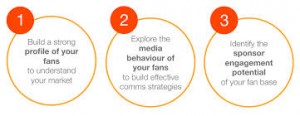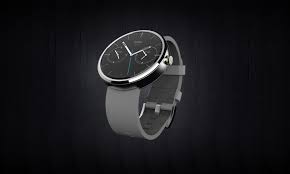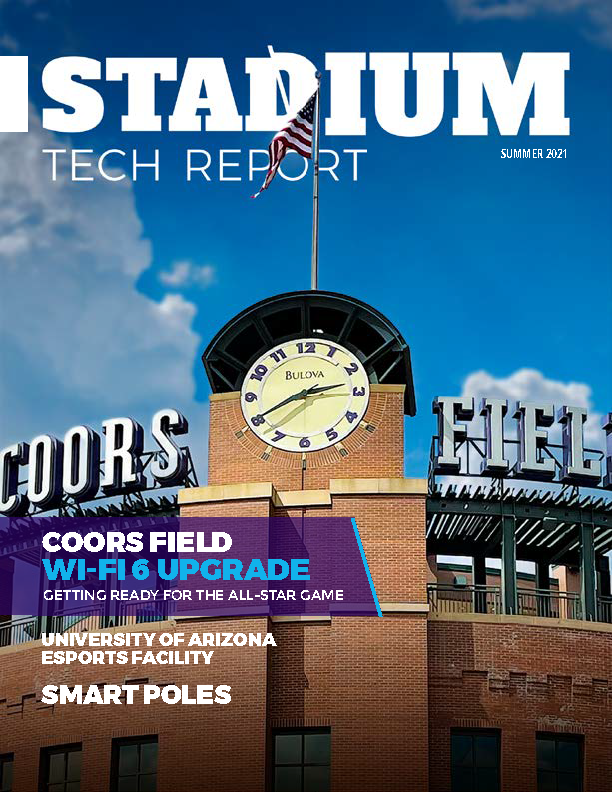Mobile digital viewers are making their collective strength known during the current NCAA tournament by blowing away last year’s then record setting totals, and doing so with the championship weekend still ahead.
The numbers of hours of live video consumed is up only slightly from last year but the amount of live video streams that fans are viewing has tremendously increased as users are voting with their tablets, computers and smartphones that streaming video is a viable delivery format for fans.
The breakdown for the tournament through its second week shows that NCAA March Madness Live has seen 13.5 million hours of video watched, a 7% increase over last year’s 12.6 million at this point in the event. That video is comprised of 64 million live video streams over that time period, a 40% increase from last year’s 45 million. To put it in a clearer context last year for the entire tournament there was a total of 49 million videos streamed.
The role of mobile usage in driving up these numbers is obvious. Simply counting the mobile portion of the total streaming viewership shows that smartphones and tablet usage saw a 71% increase over the same two weeks last year with live streaming hours on those two platforms increasing by 38% over the same span a year earlier.
Of course in terms of percentages the growth appears to be leveling off since in 2013 the growth rate for live video streams was 145% over 2012 and the number of hours was up 201% from 2012, but it shows that strong growth is still occurring and is likely to maintain a strong pace going forward.
According to video delivery technology firm Ooyala the amount of minutes video minutes that have been viewed on tablets and smartphones has grown 719% in the last two years and that sports fans spent 62% of the time viewing videos longer than 10 minutes. It estimates that mobile viewership will encompass half of all video viewed by 2016.
Two Final Four Apps Launched
NCAA.com and Turner Sports are launching a pair of event-based apps to take advantage of the interest in the Men’s and Women’s Final Four tournaments this weekend available for Android and Apple mobile devices.
The two apps, NCAA Final Four North Texas app presented by AT&T and Women’s Final Four Nashville will serve fans at the events as well as those that will be following them remotely. For fans in the two towns where the games will be played the app can serve as a guide to the city and event with information such as schedule information, interactive maps, tickets, free Wi-Fi locations in the cities, news, and social media features.
The Men’s app appears to be the more feature rich and has a number of events such as AT&T Final Four Photo Hunt- a scavenger hunt around North Texas, the Coke Zero NCAA Social Arena. Both have an interactive map, the ability to buy tickets and merchandise and a daily events schedule.











